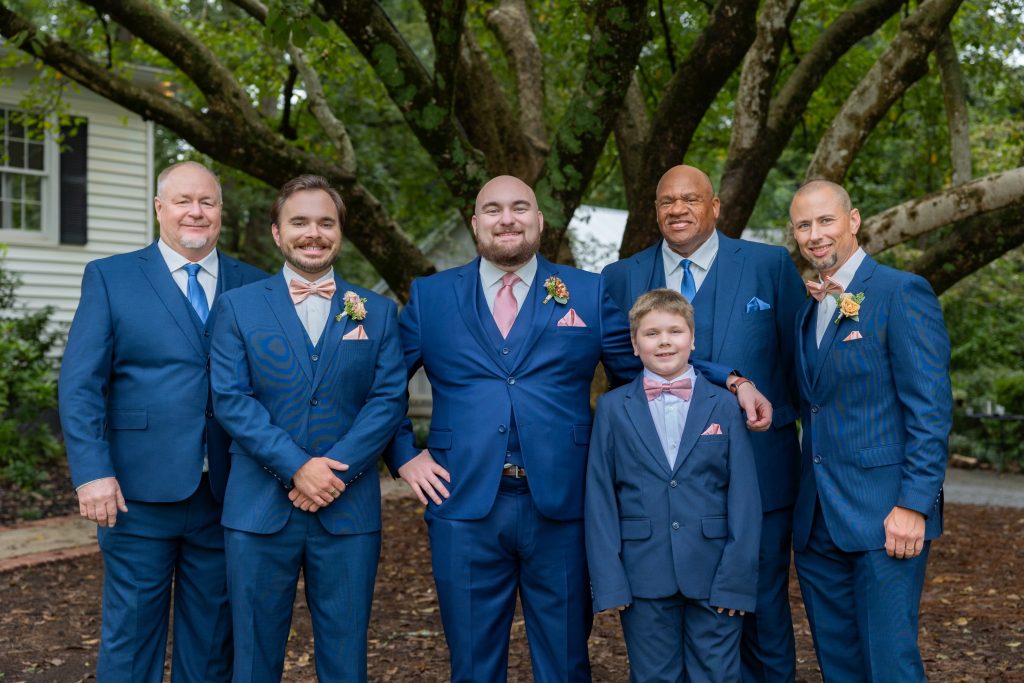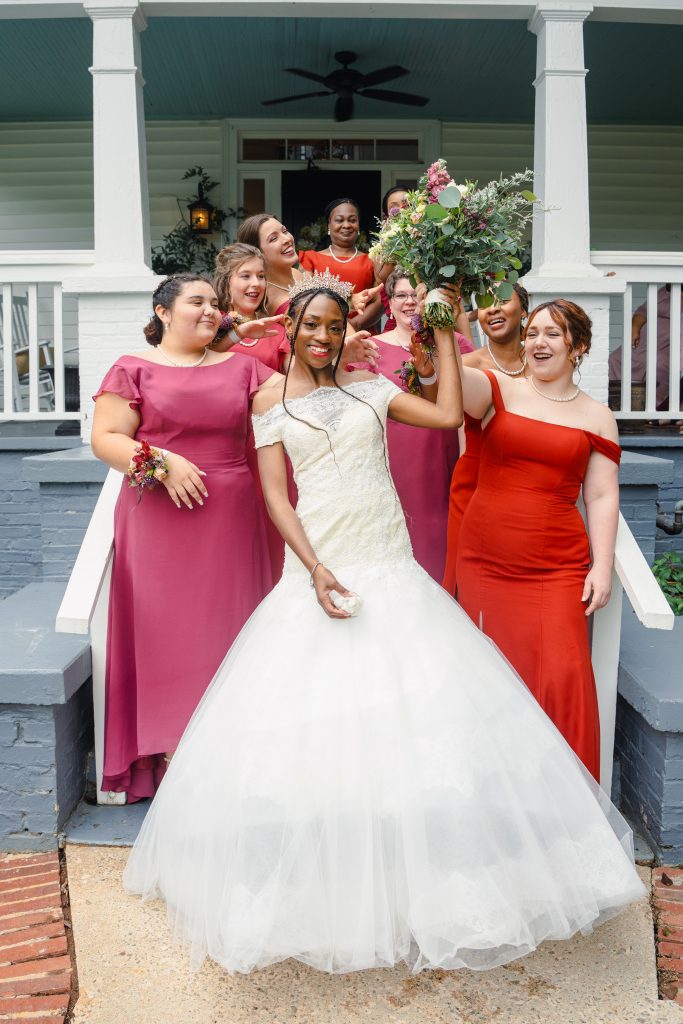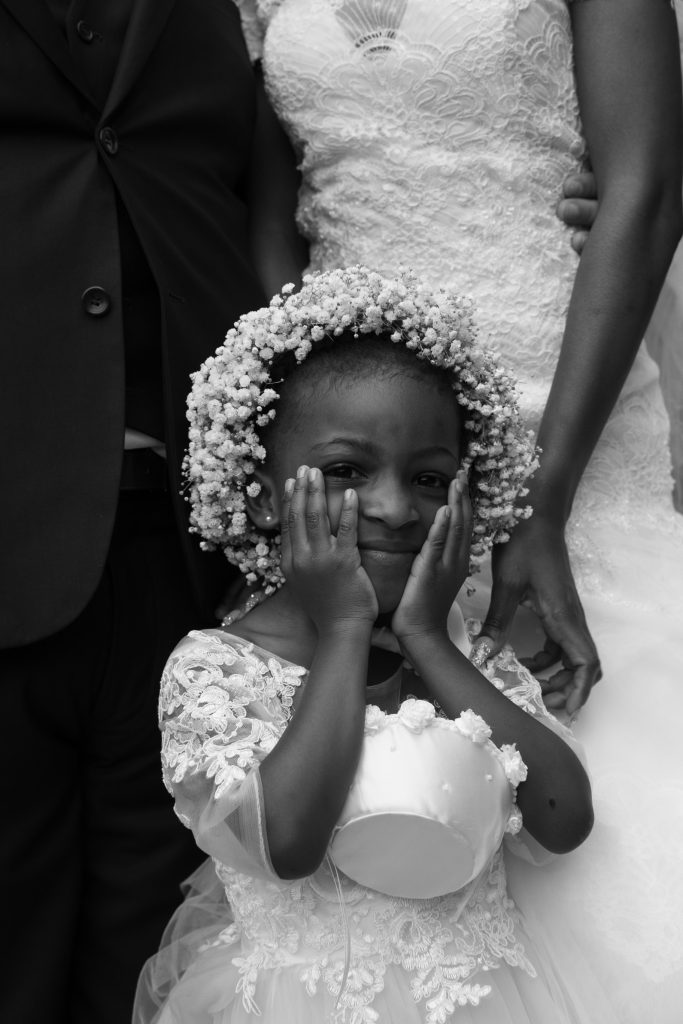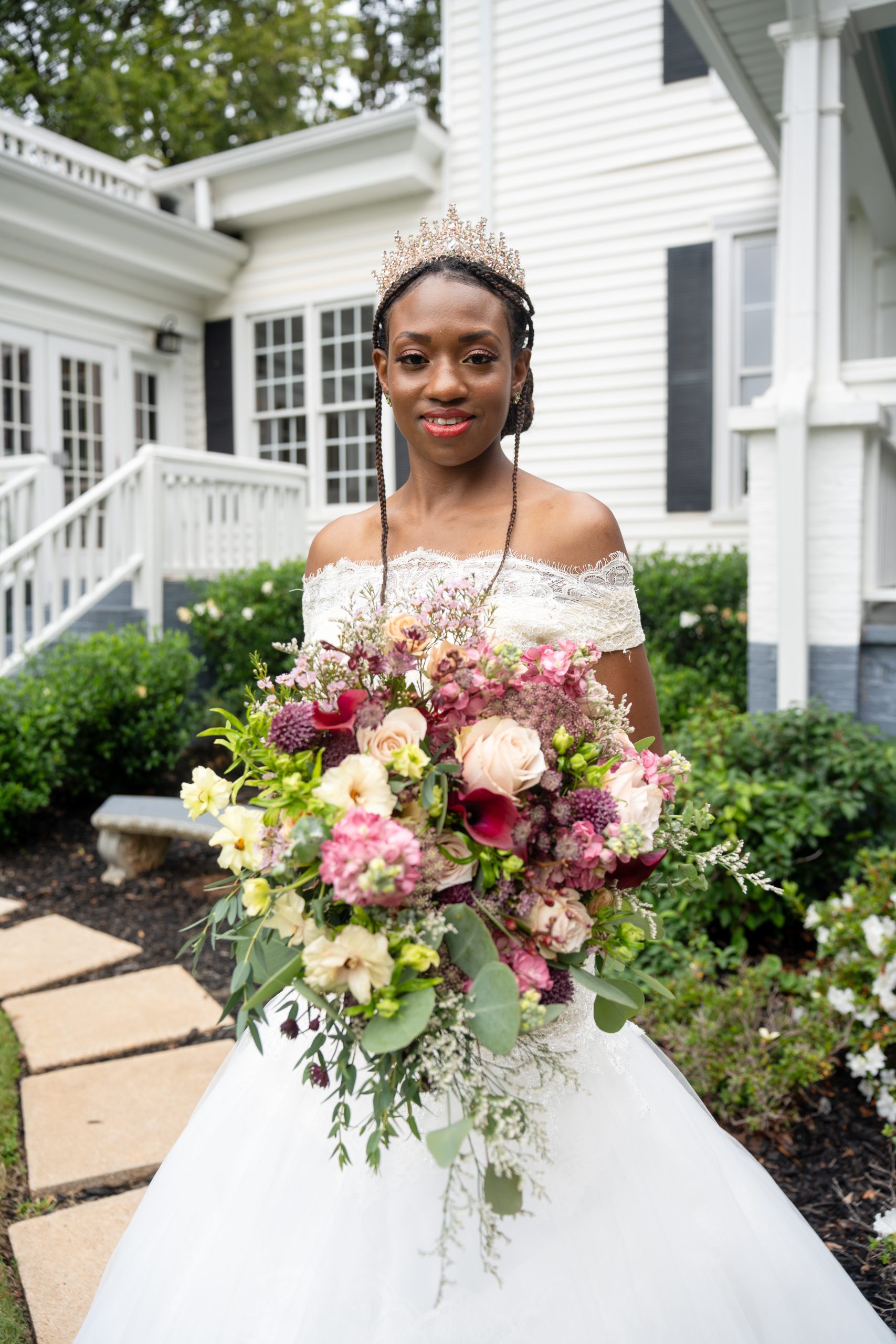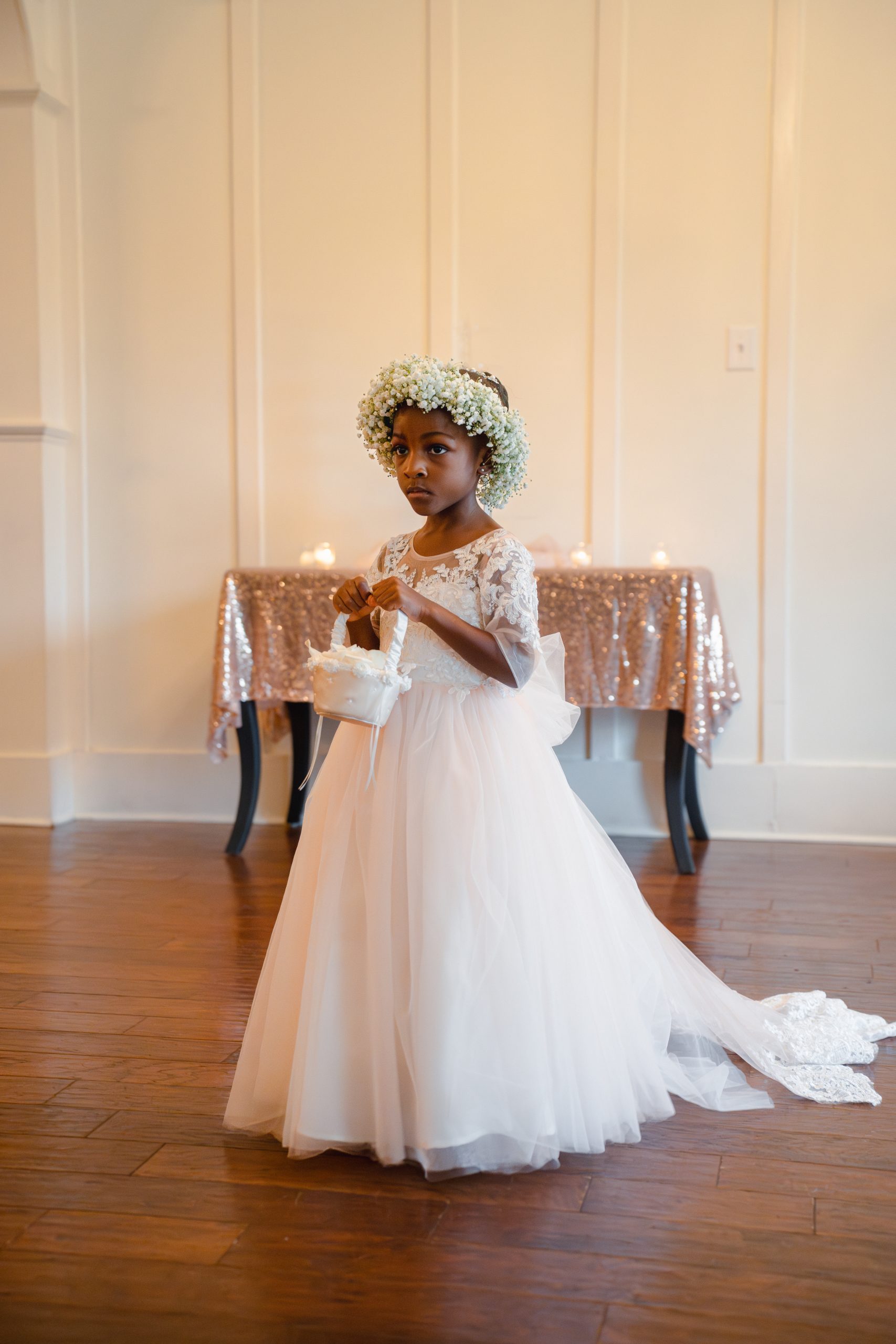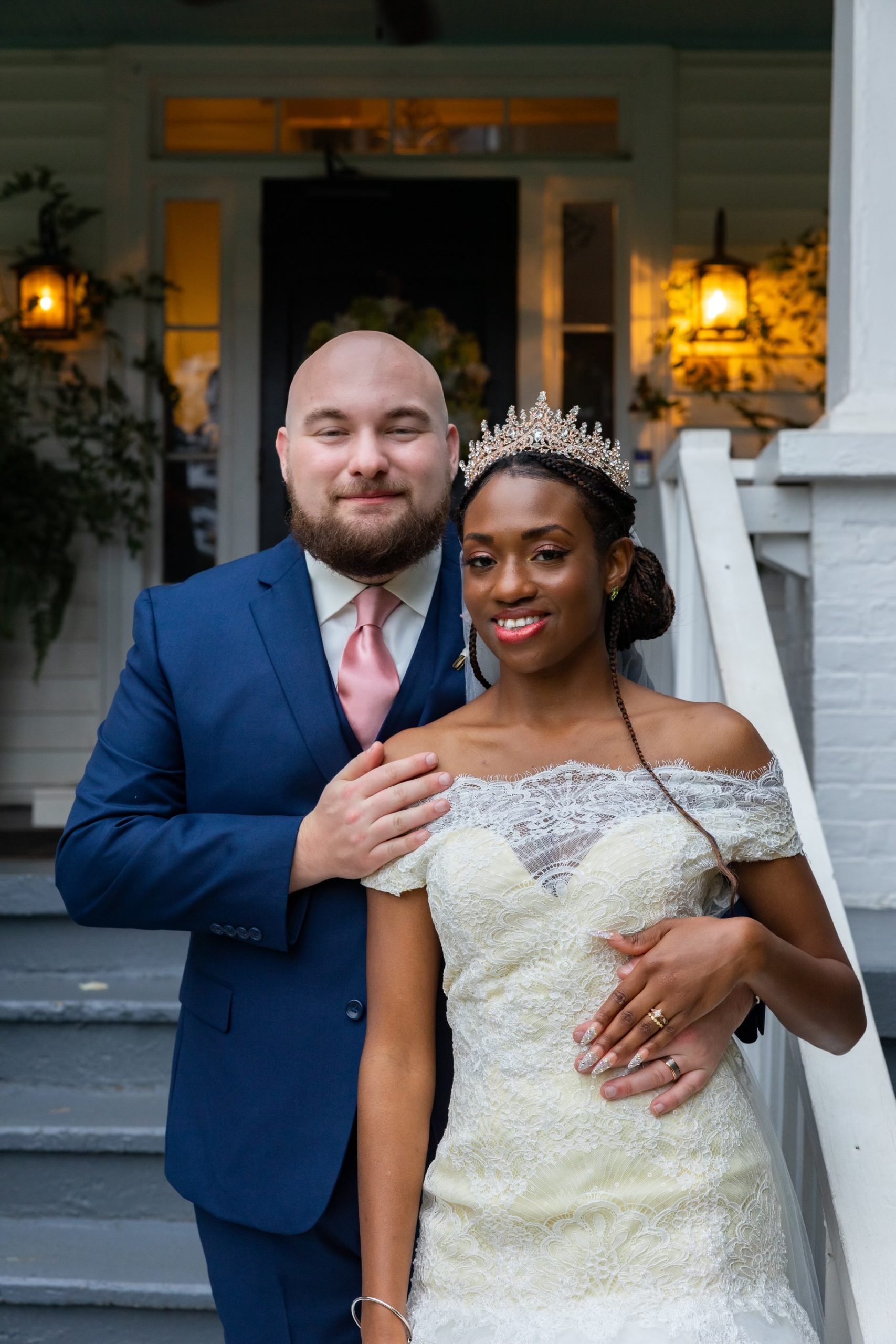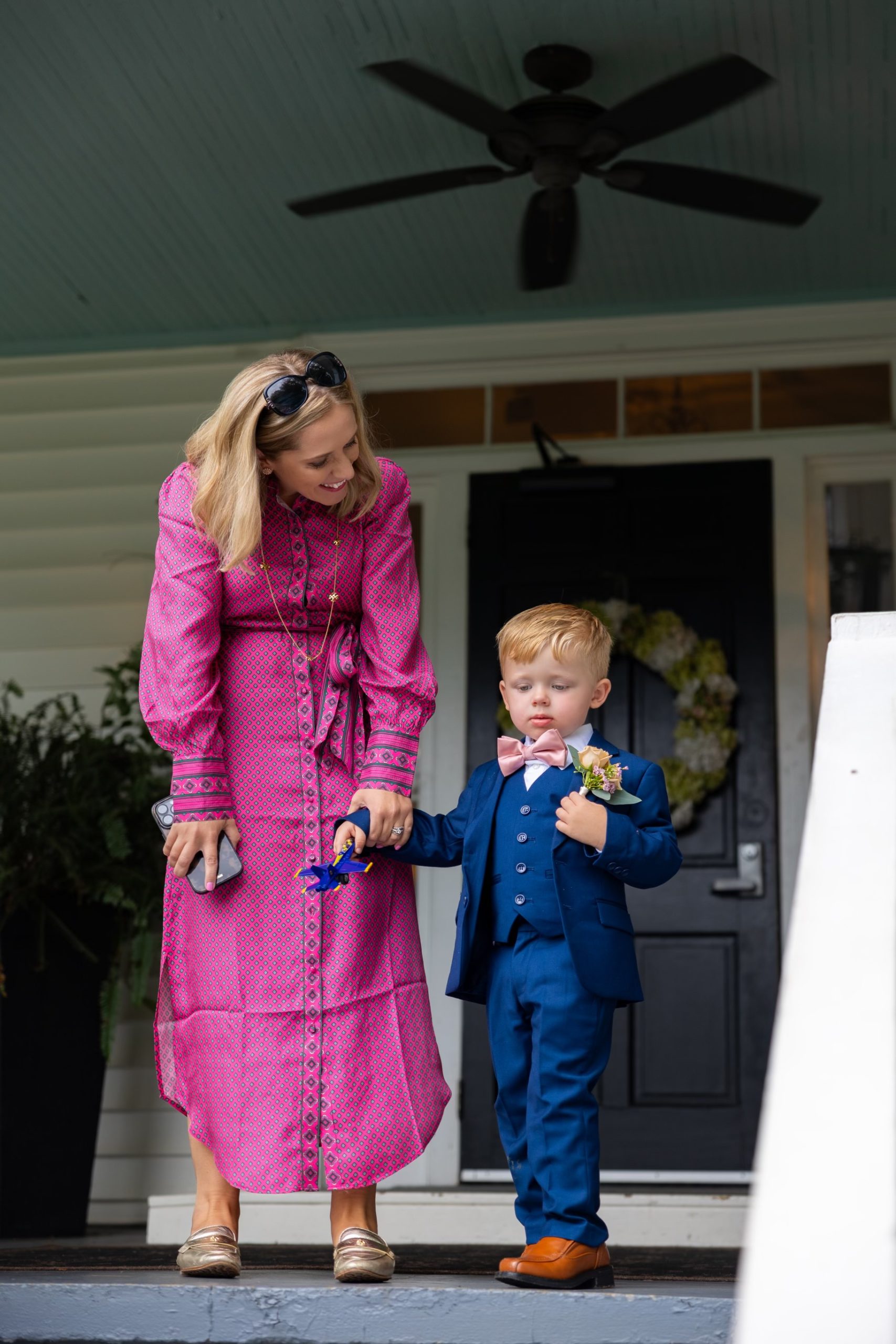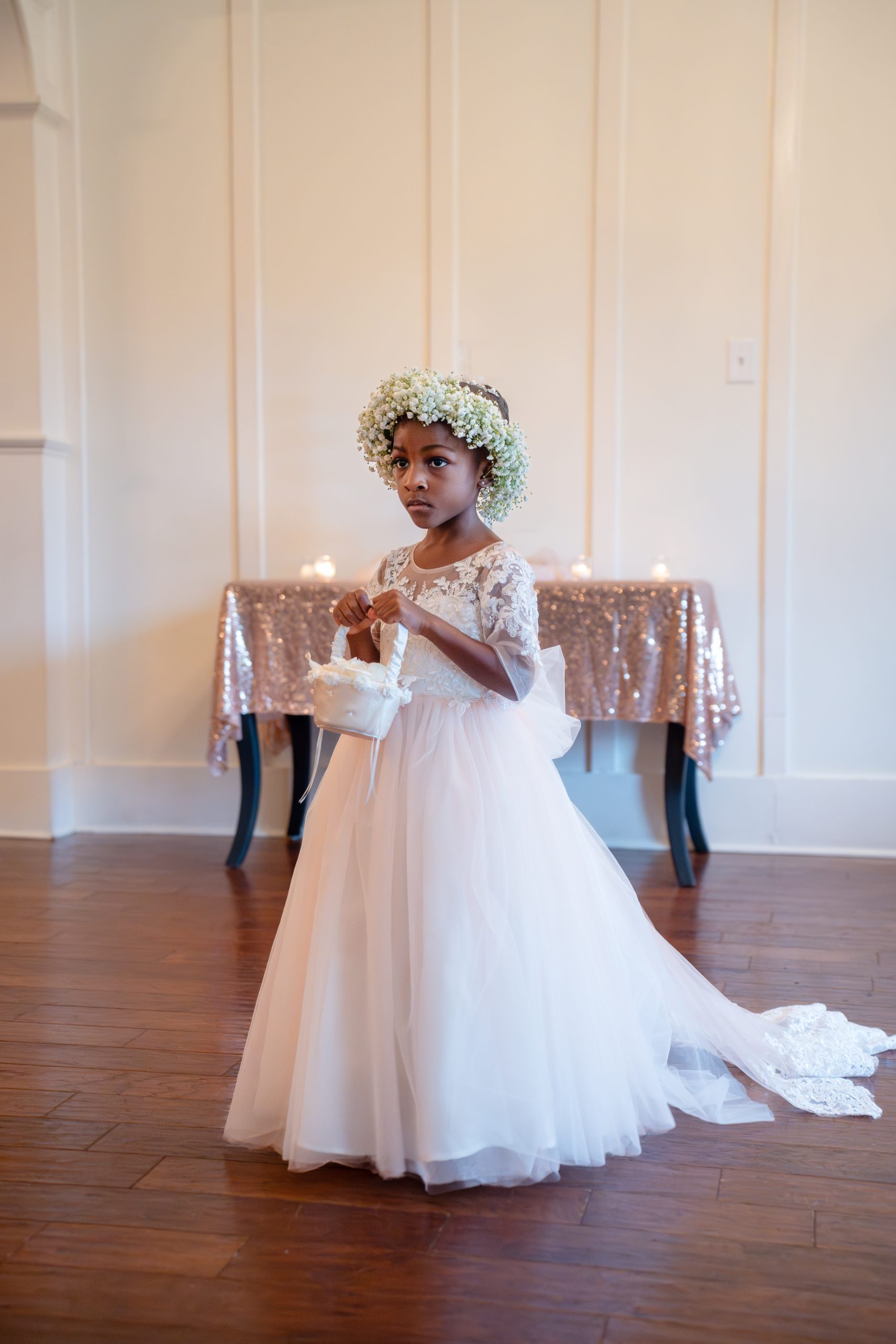Wedding photography is one of the biggest aspects of the photography industry due to the importance of the milestone in so many people’s lives. The desire to capture this special day can be one of the most integral parts of a wedding, and through photos, that special day can be remembered forever. Often, successful wedding photographers end up earning a very comfortable living. That being said, it usually takes a photographer years of hard work and dedication to get to that point. The photographer needs to understand and be prepared for many artistic and logistic facets of a wedding, as well as the individualized specificities of each wedding. So, let’s delve into some of the key components of becoming a successful wedding photographer.



Photos Courtesy of Alita Swanson.
Communication
The importance of communication in a wedding photographer’s role is pivotal, and this begins long before the first photographs are taken on the big day. Communicating with whoever reaches out to hire you starts right away. Compiling a list of essential questions to ask the couple is a must to make sure you’re meeting all the client’s needs. A good starting question is: what combinations of people do you want to be photographed? Clients sometimes want specific photos of their whole wedding party but also different shots broken down into more individualized groups. Knowing those groups and their relations saves time, avoids the risk of missing moments the client wants and helps prepare you for posing ideas.
Another question to pose would be what the client considers top priority shots. This could range from just photos of the wedding party or pictures of the ceremony, but it could also include detailed or documentary-style photos of the whole event, from the guests to the venue. Communication is also crucial on the wedding day, both for the sake of logistics and establishing a rapport with the wedding party to enhance the experience for everyone.
Photos Courtesy of Alita Swanson and Andrew Kearney.
Walk through the venue
Visiting the venue before the wedding day is super important for a few reasons. You get a good idea of where to take the wedding party photos, plan out good spots to catch important shots and get a feel for the lighting situation. Lighting is a huge factor in capturing the best images. Is the venue inside in low light? You will most likely need some external light, whether a flash or a continuous light. However, life happens, and you’ll need to be prepared for any last-minute changes. Weather can play a role in the location of the wedding — it can also change at the last minute, so it’s always good to have a backup plan with you in case of an emergency.
Photos Courtesy of Alita Swanson and Andrew Kearney.
Second Photographers
A wedding is an extensive process comprised of many elements that are all happening at the same time. For example, the groomsmen and bridesmaids getting ready for the big day. Many couples will want to capture intimate moments like getting ready with their friends. However, being in two places at once is impossible, and you never want to miss out on capturing a meaningful moment. The solution? Work with a second photographer so you can capture more.



Photos Courtesy of Alita Swanson.
Gear
Everyone shoots with different gear, but some equipment should take priority in your inventory. For starters, a camera body (or even two) with fully charged batteries as well as backup batteries and charger. Multiple lenses are ideal, which is why wedding photographers work with two respective camera bodies. This allows the photographer to keep shooting without changing lenses — they can just rely on grabbing another ready-to-shoot body. Another valuable tool to have is a reliable camera strap. Finding one that fits your needs is important as well. There are ones with quick-release mechanisms that allow for easy detachment if you need it or one that screws into the bottom of the camera allowing for it to hang by your side while you’re using a different body. We can’t stress this enough: lighting is super important. It depends on the location but is subject to change at any point. External flashes, strobes or continuous lights could be very beneficial. Lighting modifiers such as reflectors can also be great for outdoor lighting.



Photos Courtesy of Andrew Kearney.
There’s no one-size-fits-all approach to wedding photography, so it’s up to you to decide how you want to capture that special day. These tips can make the process easier, but gaining experience is the most important thing you can do to improve your craft. Starting as a second photographer for a wedding is a great way to familiarize yourself with the business without the pressure of being the only person in charge of capturing all of the photos. The head photographer often delegates the second photographer with more detail-oriented shots, allowing room for you to observe and learn. So get out there and marry your skills to your vision!


























